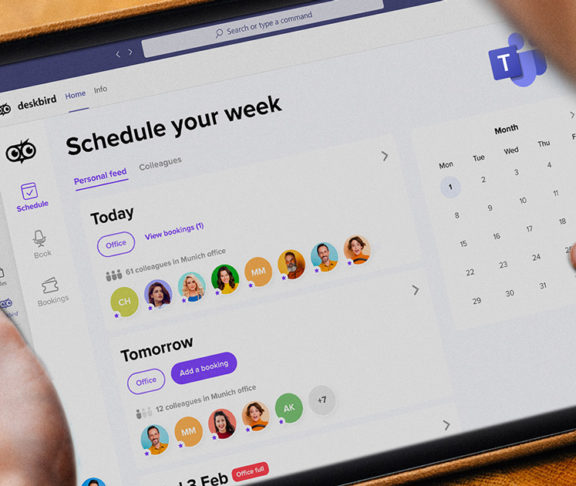
Ivan Cossu
Co-founder and CEO, deskbird
If powered with the right easy-to-use technology, hybrid working can help businesses streamline their operations, save money and improve staff productivity.
The Covid-19 pandemic wasn’t the catalyst for the hybrid working phenomenon, admits Ivan Cossu, Co-founder and CEO of deskbird, a hybrid office management app. But it certainly accelerated it. “Hybrid working was in evidence pre-pandemic,” he says. “But it never felt as though many companies were making a deliberate choice to implement it. That’s changed now. Hybrid working has had a domino effect across the work landscape.”
Big benefits of hybrid working
Employers and employees have felt the benefits of hybrid working over the last three years. For employees, spending two or three days in the office is a way to improve work-life balance and cut down on commuting. “Hybrid working can save one year of commuting time across a person’s lifetime,” reveals Cossu.
Being forced to come to the office
won’t make them more productive.
Employers, meanwhile, have discovered that hybrid can increase productivity and improve morale. “Instead of staff having to come to the office because it’s ‘the rule,’ they can often accomplish more at home where there are fewer distractions and go to the office only when it’s necessary or when they want to,” says Cossu. “As a leader, I measure my staff on output. Being forced to come to the office won’t make them more productive.”
Technology for better management of hybrid working
Hybrid working can also save on office space costs. “It cuts down on ancillary costs, such as heating and facility management,” explains Cossu. “And it gives firms access to a wider talent pool because staff aren’t tied to the office on a day-to-day basis.”
Effective management of hybrid offices can be a challenge, which is why using the right technology is an important component of this new working world. “Any company that wants to embrace hybrid working should have their entire IT spec and processes fully digitised and in the cloud,” says Cossu.
The best hybrid management technology should be easy to integrate with other tools and have a user-friendly interface to encourage better organisation among staff. “For example, employees can use apps like ours to book parking spaces, desks, meeting rooms and track office occupancy,” adds Cossu.
“If they want to brainstorm with specific colleagues, they can use it to see who will be in the office on a particular day and receive a notification when they arrive. Technology like this is the way forward because it helps everyone deal with a new working reality.”



